ARTICLE AD BOX
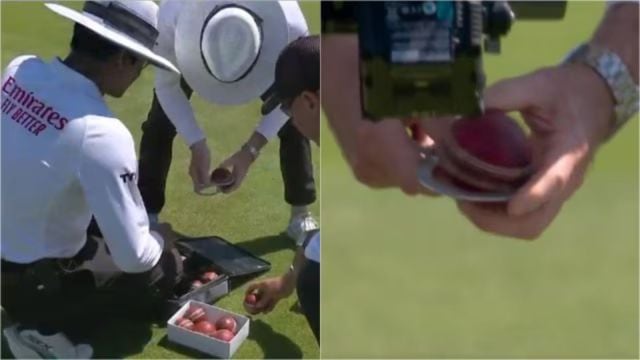 Umpires check the Dukes ball during Day 3 of the India vs England 3rd Test. (Screengrabs: X/Sky Sports)
Umpires check the Dukes ball during Day 3 of the India vs England 3rd Test. (Screengrabs: X/Sky Sports)
While the ongoing Anderson-Tendulkar Trophy has seen its ups and downs with India now trailing the series 1-2 against England, the sees had also seen the regular change of Dukes balls, the balls used for the five Test match series in England. In the three Tests so far, the ball has been changed well before the stipulated 80 overs with England’s first innings at Lord’s seeing five ball changes due to going out of shape with one ball being switched after only 10.2 overs on the second day of the Test. In a latest development as reported by BCC, England and Wales Cricket Board will collect as many used Duke balls as possible and return them to the ball manufacturer by the end of this week to review the cause behind the issue. It was confirmed by Dilip Jajodia, owner of British Cricket Balls Ltd, the manufacturer of Duke balls, to the BBC and the owner also shared that everything will be reviewed in the manufacturing process.
“We will take it away, inspect and then start talking to the tanner, talking about all of the raw materials – everything. Everything we do will be reviewed and then if we think some changes need to be made or tightened up, we will,” Jajodia told BBC Sport.
With India using the SG Balls and Australia using the Kookaburra balls, England has seen the usage of Dukes ball, which have benefited in production since 1760. Recent years have seen the Dukes ball going soft prematurely before the 80-over mark in Test cricket with the most recent incidents coming during the Lord’s Test. After England won the toss and decided to bat first, the first innings saw the ball being changed five times with one ball being changed after 10.2 overs. It also saw an agitated Indian skipper Shubman Gill arguing with the on-field umpires and later some of the former cricket players too shared their views on the regular ball change slowing the game. Former England bowler Stuart Broad had called out the problem with the Dukes ball. “The cricket ball should be like a fine wicketkeeper – barely noticed. We are having to talk about the ball too much because it is such an issue and is being changed virtually every innings. Unacceptable. It has been like this for five years now. Dukes have a problem. They need to fix it.” Broad had posted on X.
Jajodia, who had bought British Cricket Balls Ltd from Grey-Nicolls in 1987, talked about the challenges being faced in manufacturing the Dukes ball. One is the raw materials which are natural and then have to be moulded and put together by a human being. Obviously the major aspect of a cricket ball is the leather that holds the whole thing together, and if the fibres that form the animal skin have got some sort of weakness or inherent problem that’s something we can only find if it fails by further inspection and investigation. Covid did have a very serious effect on all sorts of businesses. In the whole process of tanning leather I would expect changes in personnel, whether either they passed away or decided that it was all too difficult. There is literally almost one tanner left that does cricket ball leather so there’s not a choice. You have to work with the tannery to make sure that they produce what you want and by and large they do,” said the owner.
Post the Lord’s Test, former England skipper Joe Root also had shown his discontent over constant ball changes and blamed the issue for slowing the game. “I personally think that if you want to keep getting the ball changed then each team gets three challenges every 80 overs and that’s it. But the rings have to be the right size, not too big. That would be a nice way of compromising and saying it is not all on the manufacturer. Sometimes these things happen, but you cannot just keep asking and wasting time and slowing the game down at the same time,”Root had told Widen.
With ECB now keen on getting to the cause of the issue and pushing for the resolvement of the ball going soft prematurely, Jajodia also talked about the need to be patient while the issues are found with the consultations with the ECB “The unique nature of cricket is that you can’t test that ball before it goes into play so therefore, if it fails, it fails in use and at the very highest level it’s in the glare of publicity. All we can do to check everything as thoroughly as we can during the whole process of making the ball. At the end of the day, we’ve had three Test matches, they’ve all been good games. They’ve been interesting games. We should be very cautious and not be looking for drastic and dramatic changes. This is a product that’s been going since 1760. There is no snap answer, all you can do is to go through the routine of everything that you do and try and identify,” said Jajodia.



.png)
.png)
.png)

















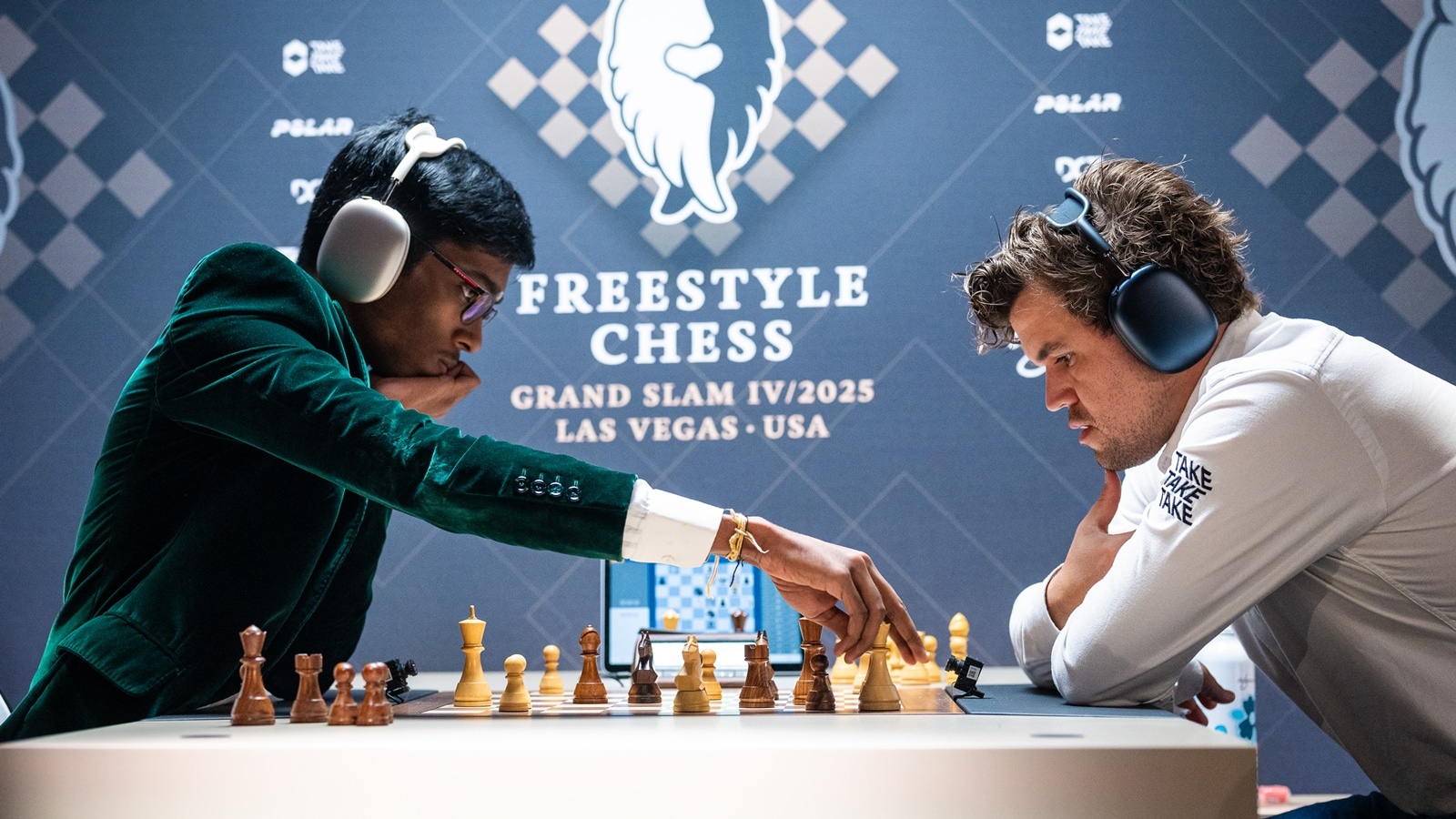
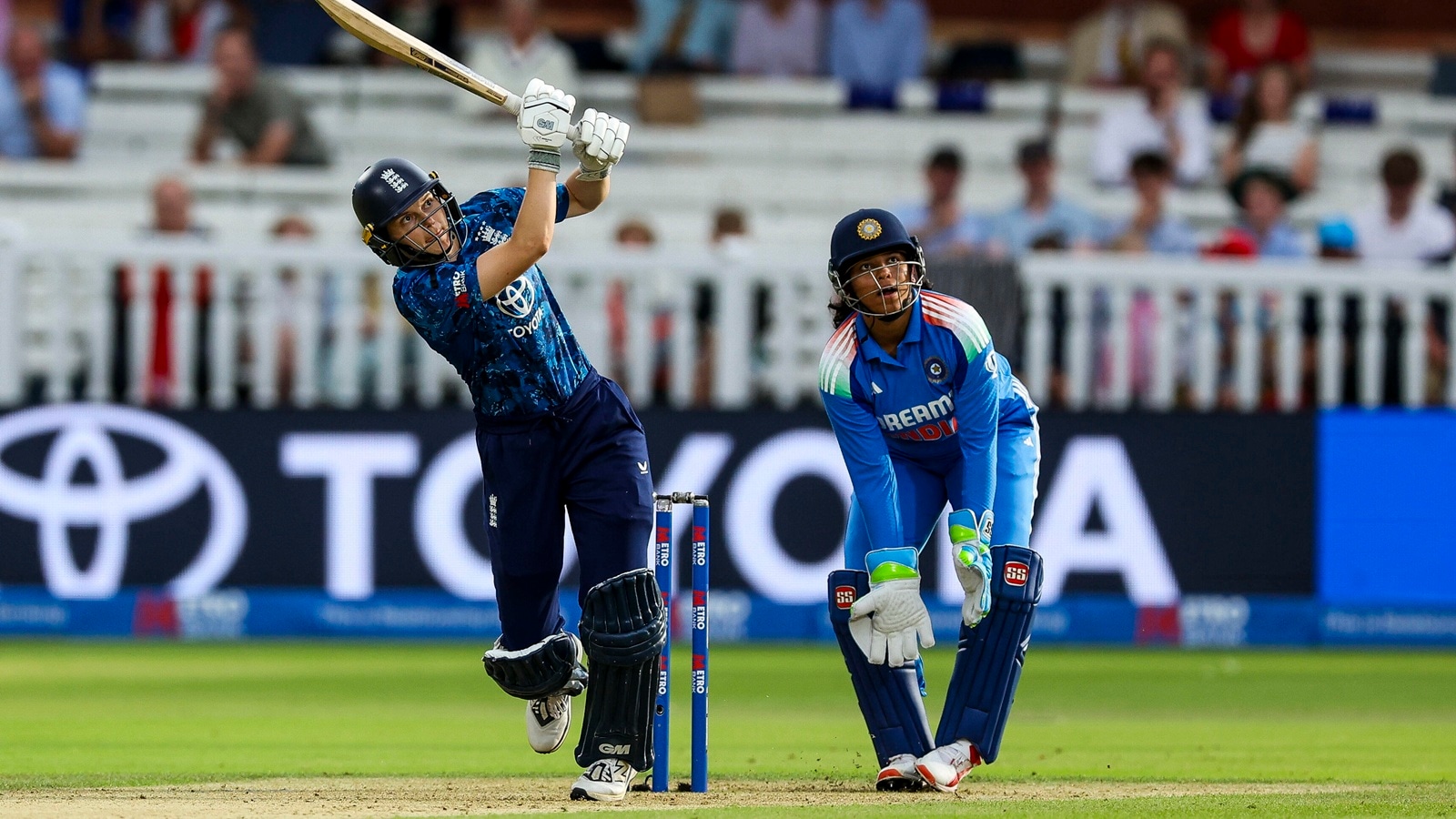
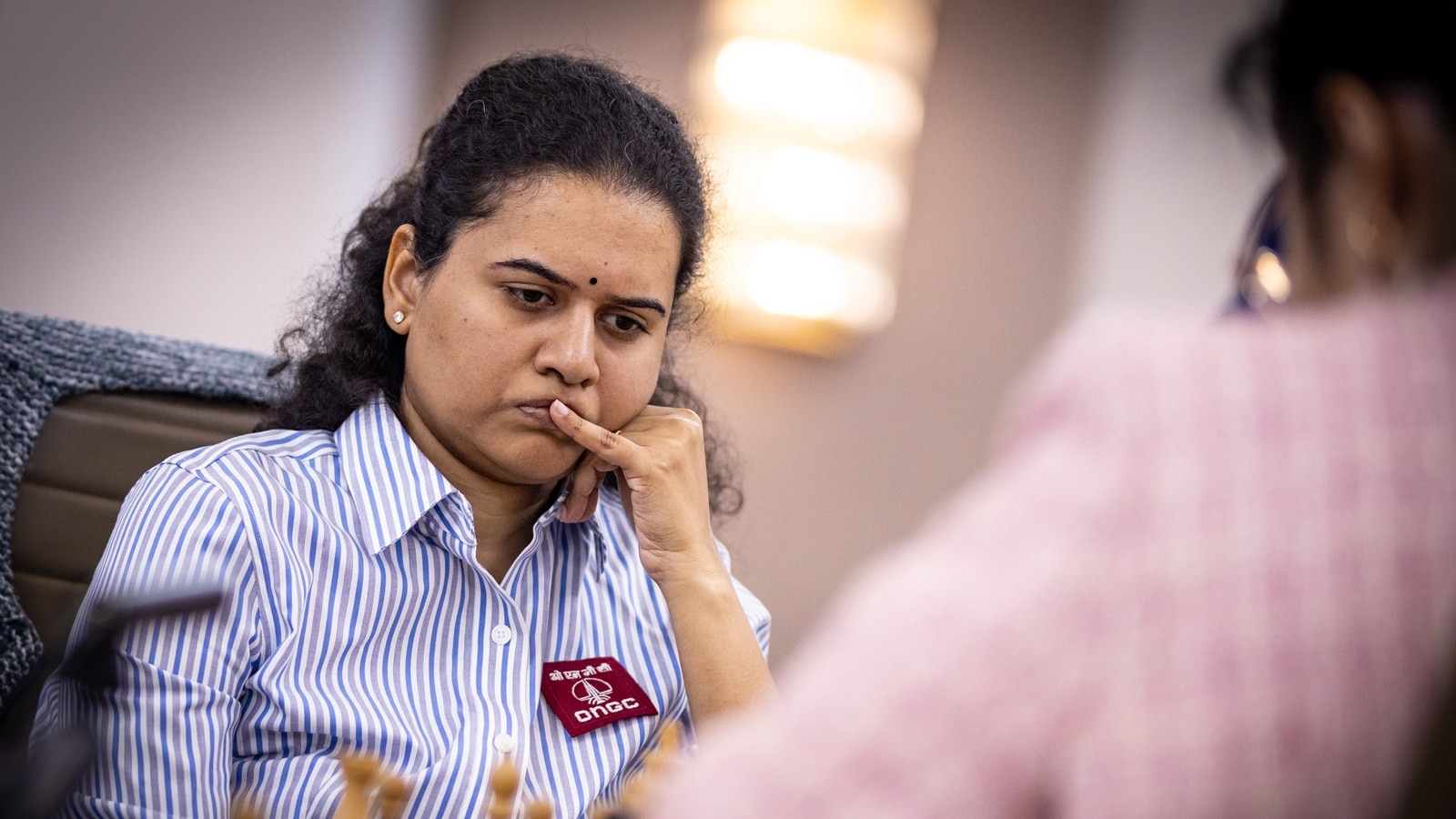


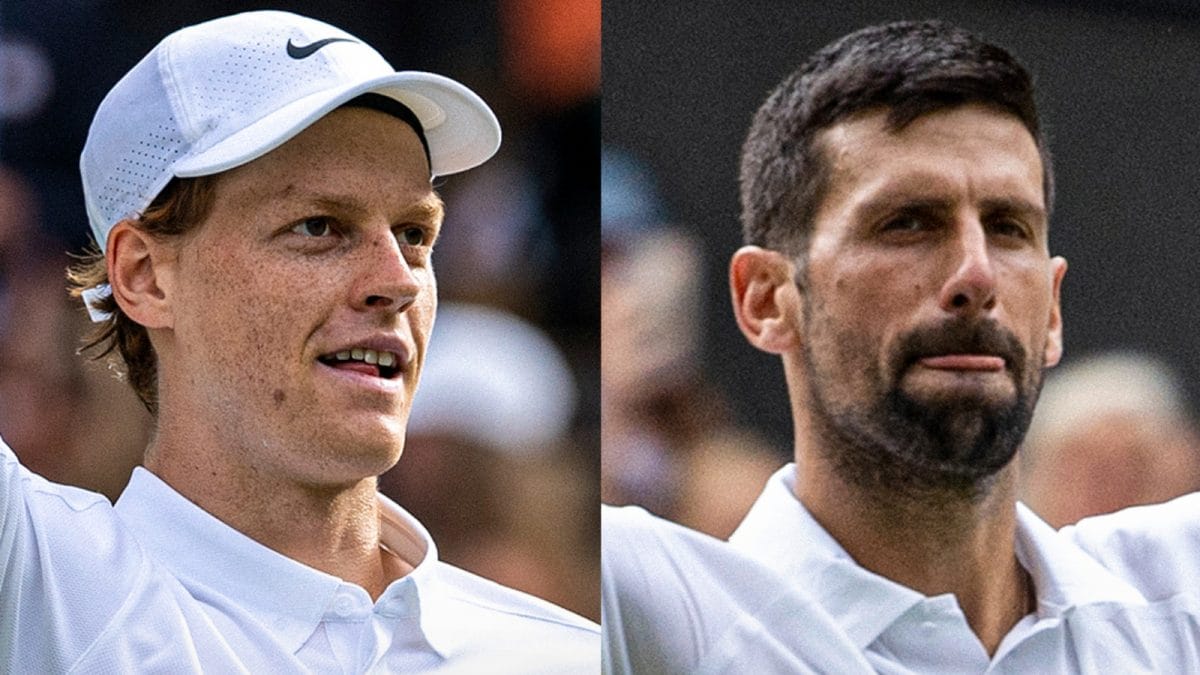



 English (US) ·
English (US) ·